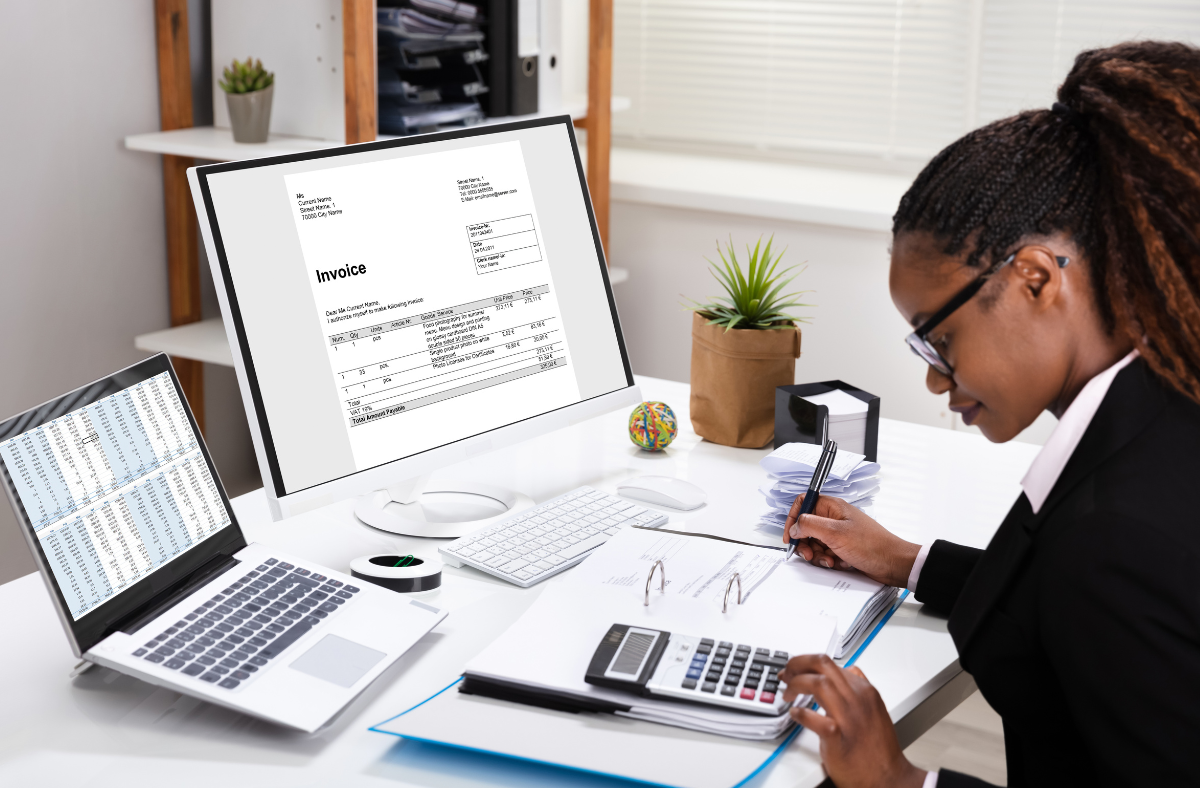
Many small- and medium-sized companies will not have a substantial budget for conducting international trade research. These companies will often rely on secondary trade research as much as possible.
Most SMEs will perform the majority, if not all, of their research in house by using published sources and the Internet.
This type of research is called desk research and it involves obtaining secondary data (existing data that have already been collected for some purpose).
Whatever the size of the company, researchers should always start planning their research design by investigating whether any information can be sourced from within the company; for example, by finding information stored in company records, by talking to customers or distributors or by asking employees who have worked in a potential target market for information. However, most secondary data sources are external.
There’s a world of secondary data at your fingertips
Internal records and information from internal experts:
Sales and accounting records – can be used to determine baseline comparisons of trends, costs and target customers
Distributors and customers – can be used to determine buyer expectations and purchase patterns
Employees with experience in the target market – can be used to determine opinions about general conditions, cultural impact and business methods
External sources and experts:
Government departments and agencies – can be used to determine market assessment publications, trade statistics, trade regulations and export and import controls
Representatives of the target country – can be used to determine trade and market conditions specific to the country and cultural considerations
Trade or industry associations – can be used to determine practices, trends and conditions related to the organization’s expertise
Non-governmental associations (NGOs), universities and trade-related businesses – can be used to determine comparative market, population and demographic statistics, competitor information and credit information
Publications, directories and yearbooks – can be used to determine market statistics, general information about trends, interests, demands and regulations, sources of information and advice
Various websites and data tools – can be used to provide fast access to publications, directories, statistics and market research reports
When should you dive into secondary data?
Researchers should always check whether secondary research data are available internally before accessing external sources.
There are several reasons why a research project should always investigate secondary data sources first:
- It is cheaper to collect secondary data than it is to collect primary data.
- It is faster to collect secondary data than it is to collect primary data.
- Secondary data might be available that answer the market research objectives without the need for primary research.
- Secondary data collection can help improve a researcher’s understanding of a marketing problem and therefore lead to better design for the primary research.
Secondary data should also be used in the following circumstances:
- When companies are considering entering unfamiliar markets, secondary data enable companies to gain an appreciation of the nature of the market and the competitive business environment without spending too much money
- When researchers need facts that would be unrealistic or unnecessary to gather from a primary research source, such as the annual consumption of coffee in Poland or the population of Trinidad
- When researchers need to understand or monitor trends in financial issues, business conditions or demographic factors
- When primary research is too difficult or too expensive to access, secondary data might be all that is feasible
This article is adapted from content covered in the Feasibility of International Trade FITTskills course.
Learn everything you need to know about assessing your organization’s readiness to make the leap into new global markets including planning and executing effective market research.







This article brilliantly highlights the power of secondary trade research for SMEs looking to expand internationally without heavy financial investments. At Virtuous Industries LLP, we’ve seen firsthand how leveraging internal records, distributor insights, and government trade data can accelerate decision-making and reduce market entry risks. One additional resource that businesses should explore is AI-driven analytics tools, which can help process vast amounts of trade data efficiently. For those interested in streamlining their global sourcing strategies, we share practical insights at Virtuous Industries LLP. Thanks for this valuable guide!